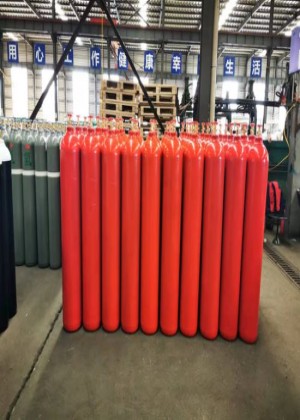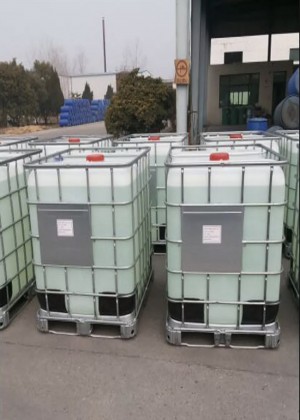Polychlorinated Biphenyls
Polychlorinated Biphenyls (PCBs) Are A Group Of Synthetic Organic Chemicals Composed Of Two Linked Benzene Rings With Chlorine Atoms Attached. They Were Widely Used In Industrial Applications Due To Their Chemical Stability, Insulating Properties, And Non-flammability. However, They Have Since Been Recognized As Environmental Pollutants With Significant Health Risks.
Here’s A Brief Overview Of Their Specifications:
Chemical Structure:
- Basic Structure: Two Benzene Rings (C₆H₅) Connected By A Single Bond.
- Chlorination: The Benzene Rings Can Be Chlorinated At Various Positions, Leading To 209 Possible Congeners (different Chemical Forms).
Physical Properties:
- Molecular Weight: Varies Depending On The Number Of Chlorine Atoms, Typically Ranging From 255 To 360 G/mol.
- Melting Point: Varies By Congener But Generally Ranges From 70°C To 200°C.
- Boiling Point: Varies Widely, Often Between 180°C And 350°C.
- Density: Typically Around 1.4 G/cm³.
Environmental Behavior:
- Persistence: PCBs Are Highly Persistent In The Environment And Can Remain For Decades.
- Bioaccumulation: They Tend To Accumulate In The Fatty Tissues Of Living Organisms.
- Transport: They Can Be Transported Over Long Distances Through Air And Water.
Health Effects:
- Toxicity: PCBs Are Known To Be Carcinogenic And Can Cause Various Health Issues, Including Immune System Suppression, Developmental Problems, And Neurological Effects.
- Regulation: Due To Their Harmful Effects, PCBs Are Heavily Regulated Under International Treaties Like The Stockholm Convention On Persistent Organic Pollutants.
Applications (Historical):
- Electrical Equipment: Used In Transformers And Capacitors Due To Their Insulating Properties.
- Flame Retardants: Used In Various Materials To Make Them More Fire-resistant.
- Lubricants And Hydraulic Fluids: Used In Industrial Applications For Their Stability And Resistance To Temperature Fluctuations.
Regulation And Disposal:
- Phase-Out: Many Countries Have Phased Out PCB Use And Are Actively Involved In The Cleanup And Disposal Of Existing PCB-containing Materials.
- Disposal Methods: Proper Disposal Methods Include High-temperature Incineration Or Secure Landfilling With Precautions To Prevent Environmental Contamination.
Analytical Methods:
- Detection: PCBs Are Commonly Detected And Quantified Using Gas Chromatography-mass Spectrometry (GC-MS).
- Standards: Various National And International Standards Exist For Measuring PCB Concentrations In Environmental Samples.
If You Need More Specific Information Or Have A Particular Application In Mind, Let Me Know!




